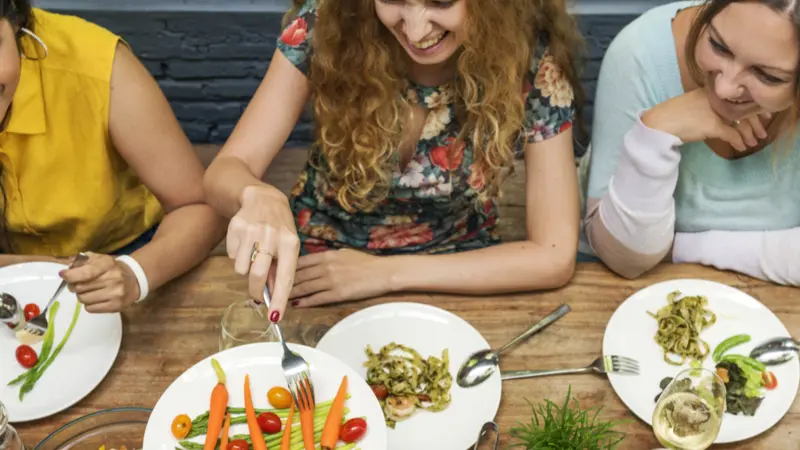

Food, Farming and Nutrition

Food, Farming and Nutrition
What to Eat for a Long Life
Do you live to be 100 by consciously following a longevity diet? According to Dan Buettner, founder of the Blue Zones concept of long-living cultures, the answer is no.
“They don’t count calories, take vitamins, weigh protein grams, or even read labels . . . they all celebrate with food.”
Buettner says most Blue Zone residents have easy access to local, pesticide-free organic fruits and vegetables. They follow time-honored recipes, avoid convenience foods, and importantly, they eat what tastes good.
Between 1970 and 2000, the amount of added sugars in the food supply rose by 25%.
Buettner and Blue Zones have developed guidelines that can be incorporated into North American diets, essentially replacing refined starches and sugar with wholesome, nutrient-rich foods.
- Plants: 95% of your food should come from a plant or plant product. Favor beans, greens, yams, sweet potatoes, fruits, nuts, seeds, and whole grains.
- Meat: Eat meat sparingly, no more than twice a week. Blue Zone diets include small amounts of pork, chicken, and lamb. Meat consumed should come from free-roaming animals.
- Fish: Eat up to three ounces daily. Consume fish that is common, not overfished species. Favor mid-chain fish like trout, snapper, grouper, sardines, and anchovies.
- Dairy: Our digestive systems aren’t optimized for milk or milk products. Minimize consumption of cow’s milk and dairy products. Small amounts of sheep or goat’s milk is fine.
- Eggs: Blue Zone populations eat eggs two to four times a week. The chickens are free range and do not receive hormones or antibiotics.
- Beans: Garbanzo, white beans, soybeans, black beans, lentils are all consumed in Blue Zones and are a cornerstone of the Blue Zone diet. Beans are their superfood.
- Sugar: Avoid it as much as possible. Break the habit of snacking on sugar treats. Watch out for food with added sugar. Between 1970 and 2000, the amount of added sugars in the food supply rose by 25%.
- Nuts: All nuts are good. A Harvard study showed that nut eaters have a 20% lower mortality rate than non-nut-eaters. Add them to salads and soups. Snack on them.
- Bread: The bread eaten in Blue Zones is typically sourdough or whole wheat, not the commercially available bread in North America made with bleached white flour, which is empty calories and causes insulin spikes.
- Whole Foods: Avoid highly processed foods and choose ones made from a single ingredient. Foods should be locally grown and preparation should be simple.
- Eat Super Blue Foods: These are beans, greens, sweet potatoes, nuts, olive oil, oats, barley, fruits, green/herbal teas, turmeric. Eat three of these daily.
- Blue Zone Beverage Rules: Coffee in the morning, tea in the afternoon, water all day. Avoid sodas.
- Four Always and Four Avoid: Always eat 100% whole wheat bread, nuts, beans, fruit. Always avoid sugary drinks, salty snacks, processed meats, packaged sweets.
As Buettner says, eating healthful foods that taste good is a critically important part of the Blue Zones diet because “if you don’t like what you’re eating you’re not going to eat it for very long.”
REFERENCES
Buettner, D. (2019). Blue Zones diet: Food secrets of the world’s longest-lived people. https://www.bluezones.com/2020/07/blue-zones-diet-food-secrets-of-the-worlds-longest-lived-people/


 By
By







